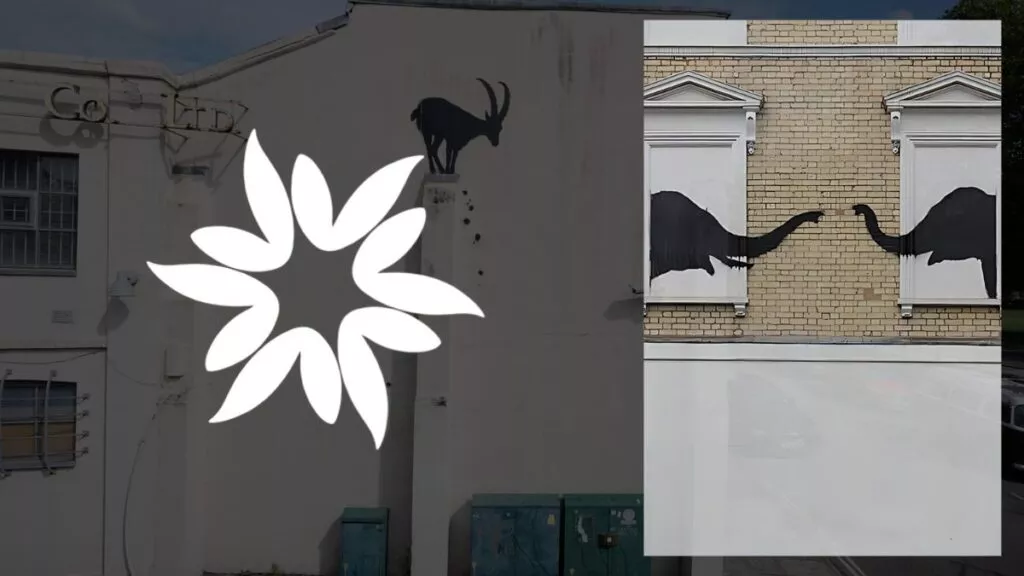Key Takeaways
- Mexican government's strong stance: Mexico is fighting against the auction of pre-Columbian artifacts, claiming that these items are protected under Mexican law as part of the country's cultural heritage. They have demanded the cancellation of two auctions in New York and Paris.
- Online campaign: The government has launched the #MiPatrimonioNoSeVende (MyHeritageIsNotForSale) campaign to raise awareness of the illegal sale of Mexican archeological goods abroad.
- Auction houses under investigation: Howard S. Rose Gallery and Millon have faced subpoenas and investigations for selling pre-Columbian goods that Mexico claims are part of their cultural patrimony. Both auction houses defend their actions, arguing they have not broken any laws.
- Repatriation efforts: Despite resistance from auction houses, Mexico has seen some success in repatriating cultural artifacts, and some European galleries have agreed to halt sales and repatriate items to Mexico.
- Pre-Columbian forgeries: Buyers are cautioned to be aware of forgeries in the market, as items may be illegally dug up from archaeological sites or be modern forgeries. The ongoing investigations and auctions may set a precedent for future cases involving pre-Columbian artifacts.
The Mexican government has recently taken a strong stance against auctions of pre-Columbian artifacts, claiming that many of these items are protected under Mexican law as part of the country’s cultural heritage.
The government has demanded the cancellation of two auctions conducted by Howard S. Rose Gallery in New York and Millon in Paris, stating that the items being sold belong to Mexico’s cultural patrimony.
Online Campaign: #MiPatrimonioNoSeVende
Mexico has launched an online campaign called #MiPatrimonioNoSeVende (MyHeritageIsNotForSale) to raise awareness of archeological goods that belong to Mexico and are being sold abroad illegally.
The campaign is led by the Mexican government and supported by Mexico’s Secretariat of Culture and the National Institute of Anthropology and History (INAH).
Disapproval of Auctions and Investigations
INAH disapproved of the two auctions conducted by Howard S. Rose Gallery and Millon, as they were selling pre-Columbian goods belonging to the cultural patrimony of Mexico.
INAH experts identified 1,536 goods from the auctions that they claim belong to Mexico.
Both auction houses have faced subpoenas and investigations, but they maintain their legal right to sell the items.
The auction houses have also questioned the feasibility of returning all artifacts ever excavated from Mexico and suggested that the country’s government needs to address the issue of looted goods within its own borders.

Auction Houses Defend Sales
Both Howard S. Rose Gallery and Millon have responded to Mexico’s claims by defending their actions.
They argue that they have not broken any laws and that the items in question have been in the US or Europe for decades.
The auction houses have also questioned the feasibility of returning all artifacts ever excavated from Mexico and suggested that the country’s government needs to address the issue of looted goods within its own borders.
Mexico’s Efforts for Repatriation
Despite the resistance from the auction houses, Mexico has seen some success in its efforts to repatriate cultural artifacts.
The Mexican Consulate General in New York, led by Jorge Islas López, has recovered and repatriated many artifacts, including old manuscripts, Olmec pieces, and a document signed by conquistador Hernán Cortés.
Moreover, some European galleries have agreed to halt the sale of cultural goods and repatriate items to Mexico, such as Vienna-based Galerie Zacke.
A History of Pre-Columbian Forgeries
Erin L. Thompson, an art crime professor in the US, notes that forgeries of pre-Columbian artifacts are common in the market.
She cautions potential buyers to be aware that items may be illegally dug up from graves or archaeological sites, or they may be modern forgeries.
Ongoing Investigations and Auctions
As the investigations into the Howard S. Rose Gallery and Millon auctions continue, the outcome may set a precedent for future cases involving pre-Columbian artifacts.
However, the debate over the ownership and sale of these culturally significant items is far from over, and the international community will need to address the issue of cultural heritage and the art market more broadly.








